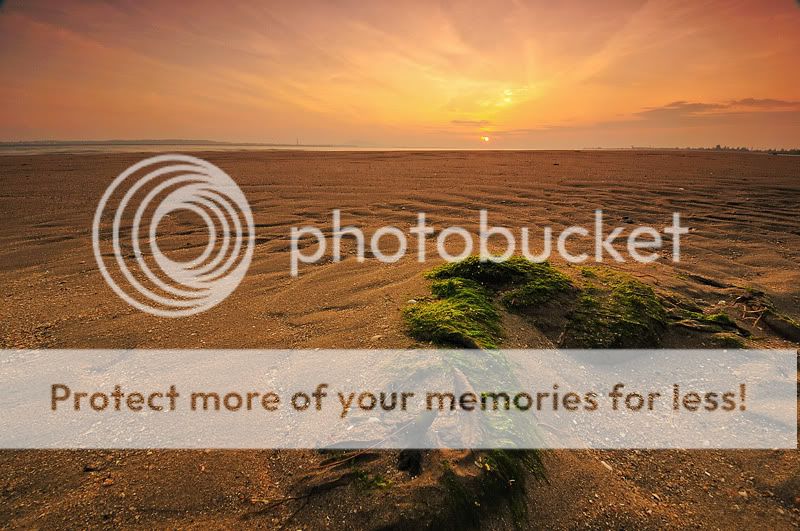Hi all,
I'm going to go out this week and try to get some good sunrise/sunset shots mostly over seaside so I'm planning to get the reflection as well also with the smooth and silky water surface.
Does anyone have some information on good camera settings for capturing these types of shots? I'm still messing around a lot with my settings and getting mixed results many times.
I'd also be interested in information on filters as well, if you use them for these shots.
Will it be better using GND or just ND filter?
If getting the GND filter, do i go for hard edge or soft edge filter for the sea side sunrise ?
Do need some advice
Thanks in advance =D
I'm going to go out this week and try to get some good sunrise/sunset shots mostly over seaside so I'm planning to get the reflection as well also with the smooth and silky water surface.
Does anyone have some information on good camera settings for capturing these types of shots? I'm still messing around a lot with my settings and getting mixed results many times.
I'd also be interested in information on filters as well, if you use them for these shots.
Will it be better using GND or just ND filter?
If getting the GND filter, do i go for hard edge or soft edge filter for the sea side sunrise ?
Do need some advice
Thanks in advance =D
Last edited:




